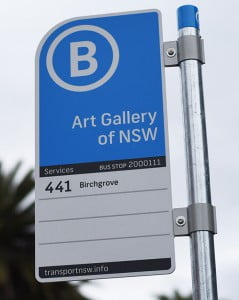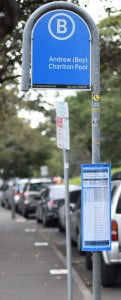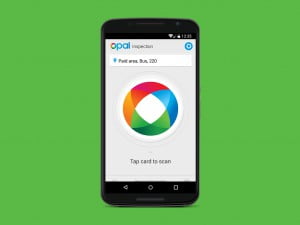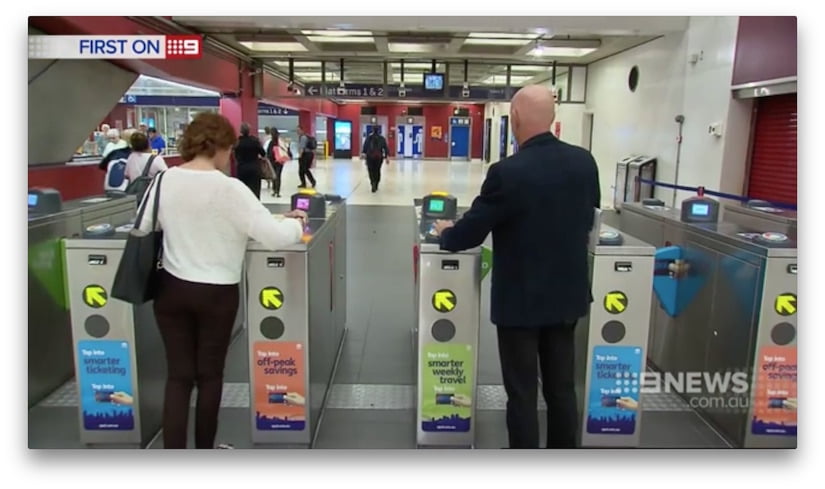Yesterday the government announced changes to the way that Opal card trips and journeys are calculated in order to crack down on ‘Opal runners’.
Transport for NSW Media Release, March 21 2016
Minister for Transport and Infrastructure Andrew Constance today announced the Opal ticketing system has been updated to stop the practice of ‘Opal running’, closing a loophole that potentially costs taxpayers millions of dollars each year.
Currently, some people are running, cycling, driving or even roller-skating between train stations or light rail stops to tap on and off, earning free travel for the week after only paying around $18.00.
“It’s unfair that customers doing the right thing and paying to actually use transport are being cheated by people who are using their own or other people’s cards to artificially inflate their journeys. Some are even using the practice as a business model to earn money,” Mr Constance said.
Below is a sample snapshot of typical short trips taken between light rail stops and train stations to artificially reach the Opal reward of free trips, during February 1 and March 6, 2016. The table demonstrates the prevalence on Mondays and Tuesday of Opal running.
| Journey | MON | TUES | WED | THUR | FRI | SAT | SUN |
|---|---|---|---|---|---|---|---|
| Pyrmont Bay to The Star stops & back (300m apart) | 63,636 | 8,198 | 1,469 | 313 | 149 | 110 | 481 |
| Paddy’s Markets to Capitol Square stops & back (280m apart) | 30,285 | 9,408 | 2,434 | 647 | 238 | 193 | 714 |
| Macdonaldtown to Erskineville stations & back (470m apart) | 6,465 | 1,142 | 178 | 51 | 14 | 6 | 6 |
The Opal system currently allows people to walk, run or cycle between stations that are close together, like Macdonaldtown and Erskineville, and accumulate free travel rewards in approximately an hour and a half – without even catching a train or tram. The changes implemented today mean the same process could take at least five hours.
“From today, the system will be updated to substantially disrupt those people who are improperly earning free travel, by raising the number of transfers needed to make a journey,” Mr Constance said.
“My message is that the changes are in operation as of now – so ‘Opal runners’ don’t have to bother. It’s not worth running out of steam.
“The system changes do not affect other customers because they are not the ones attempting to quickly get charged for more journeys, especially when transferring between light rail stops or train stations while travelling on the same journey.





 Rogue hire car driver Russell Howarth enacted eight citizens arrests against UberX drivers during the past week. Photo: Steven Siewert
Rogue hire car driver Russell Howarth enacted eight citizens arrests against UberX drivers during the past week. Photo: Steven Siewert